Dr. Clifford Lipscomb
While I was in Singapore, I learned a great deal about the local housing market. The market is divided into two portions—public and private. The public housing market is managed by the Housing Development Board and accommodates over 90 percent of Singapore’s residents. The public housing market prices range roughly from $100,000 to $600,000 (in Singapore Dollars, where 1 Singapore Dollar equals 0.73 U.S. Dollars today). Residents have a 99 year lease, and they are permitted to lease it to others only after they have occupied the home for at least five years. In this housing market style, there is currently no opportunity to participate in a short-term rental program like Airbnb or a competitor. Also, residents cannot use their home’s equity for cash loans or lines of credit, and cash flows cannot be considered for loan-to-value calculations.
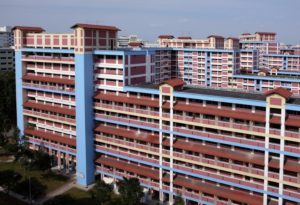
Photo source: Flickr https://www.flickr.com/photos/surveying/14346799503
On the other hand, the private housing market in Singapore comprises only about 10 percent of residential real estate and generally consists of the more expensive homes. Typically, these homes are valued from $600,000 to more than $1 million (in Singapore Dollar). The Singaporean private housing market, particularly in multi-family (condominium style) developments, has a similar lease structure to the public housing market—99 years. In the private housing market, very few Airbnb rentals are permitted, and they are only welcome if more than 80 percent of the owners in a condominium building vote to allow it. However, the law is still being written on this topic, so it is likely that this could change in the future.
Residents that are able to afford private, single family homes enjoy low mortgage interests rates, in the range of two percent. Similar to the U.S., the 30-year fixed rate mortgage is common in Singapore; however, many mortgages may go up to 35 years. Only the higher-earning Singaporean residents can afford to own their own property.
Interestingly, there are some restrictions placed on apartments and homeowners in Singapore that we are not familiar with in the United States. For example, the size of the home depends on whether or not the resident is married or single. It is difficult for single homeowners to purchase a home with more than four or five rooms. Also, because there are no laws permitting same-sex marriage in Singapore, same-sex couples would be limited to the property size restrictions placed on single homebuyers. This housing market structure differs significantly from that in the United States, and it was fascinating to learn more about Singapore’s housing rules from the locals.
House prices in Singapore have risen more in the previous quarter than the past four years. PropertyGuru Singapore recently reported that private home prices were up 7.4% in the first half of 2018. This is attributed to strong economic growth, increased demand, and low supply, all of which push house prices up. The housing market structure in Singapore has evolved throughout the years to cater to the country’s rapid population growth and limited geographic area. Singapore is ranked third in the world for population density, and the population has increased from 1.7 million people in 1960 to 5.6 million in 2017.
Do you think Singapore’s housing structure is sustainable when considering the historic population growth of the country? Share your thoughts in the comments.

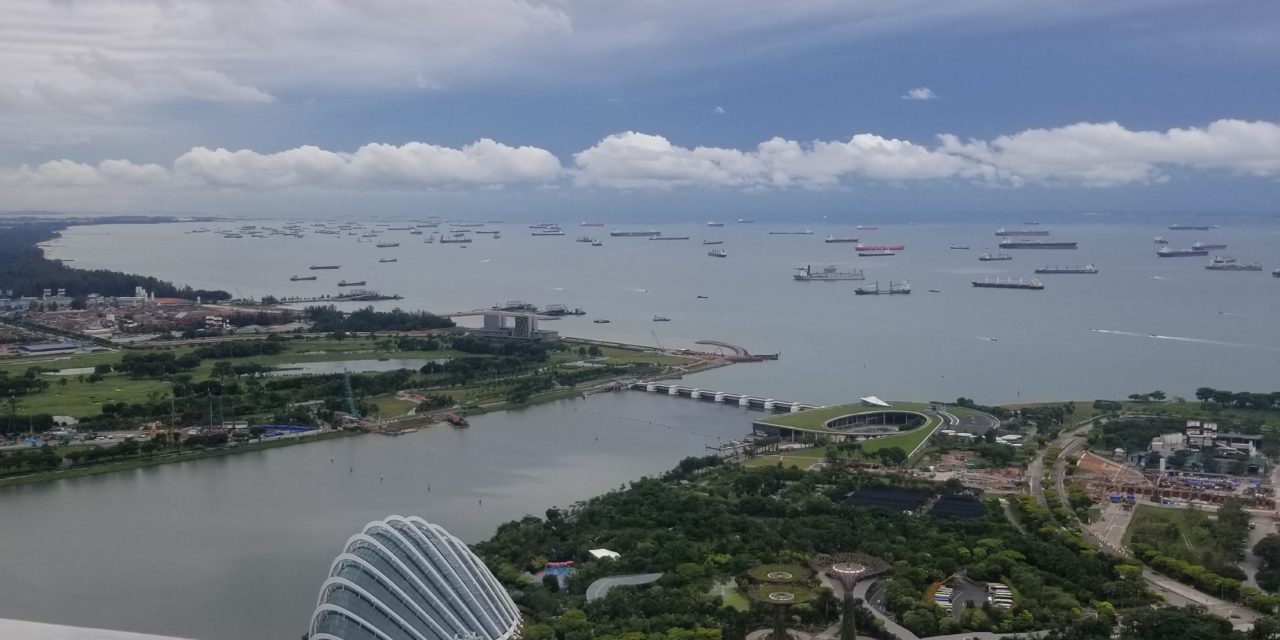
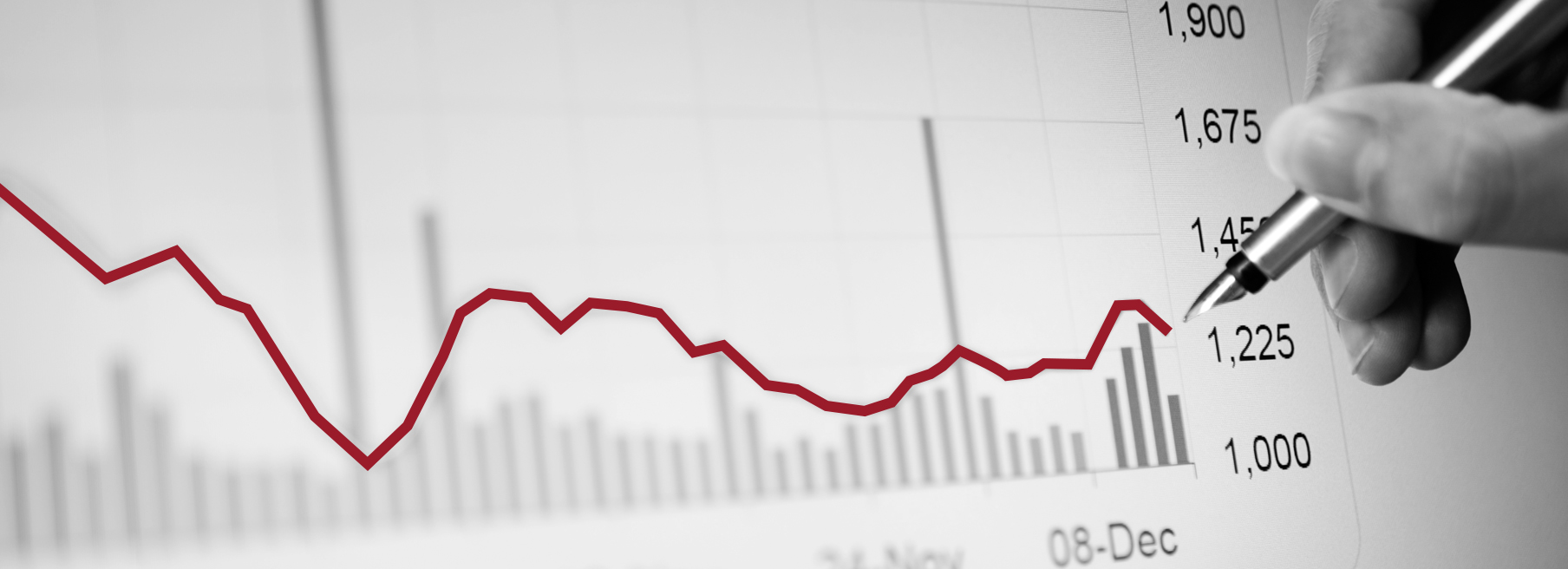
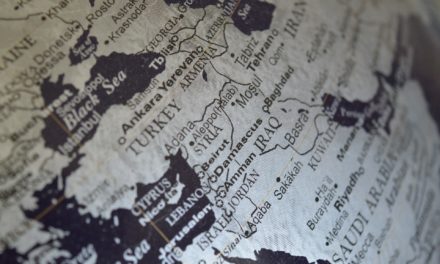

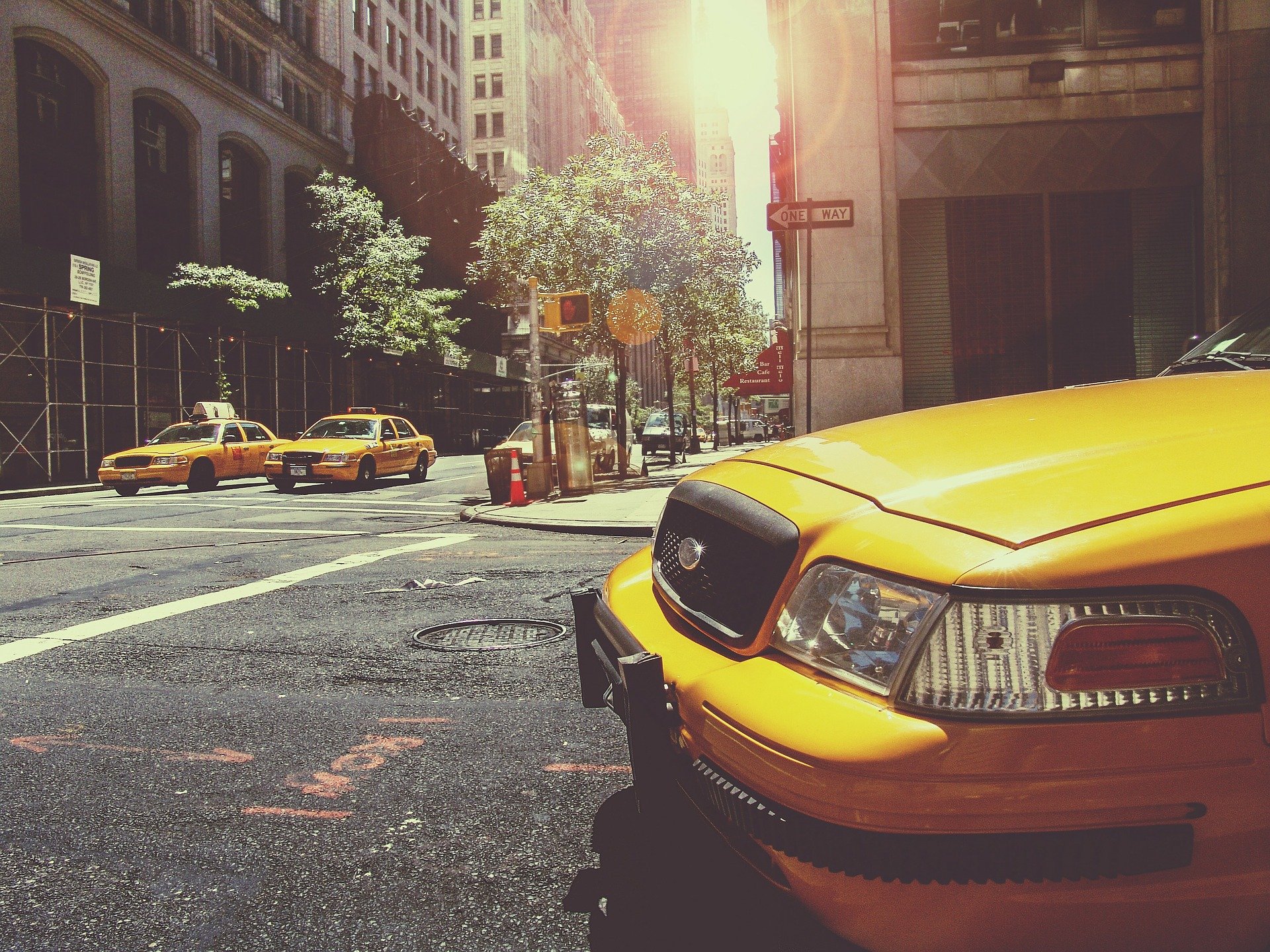
Recent Comments